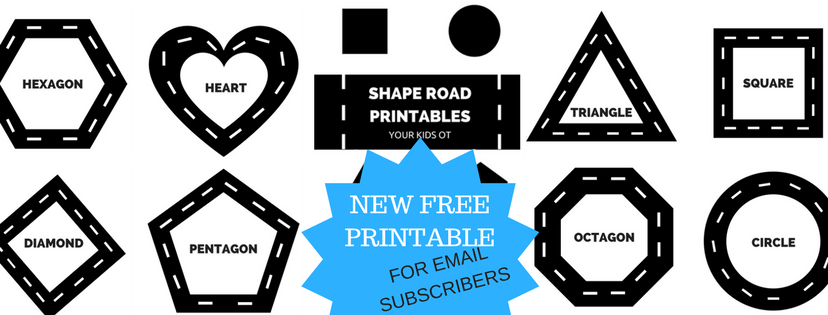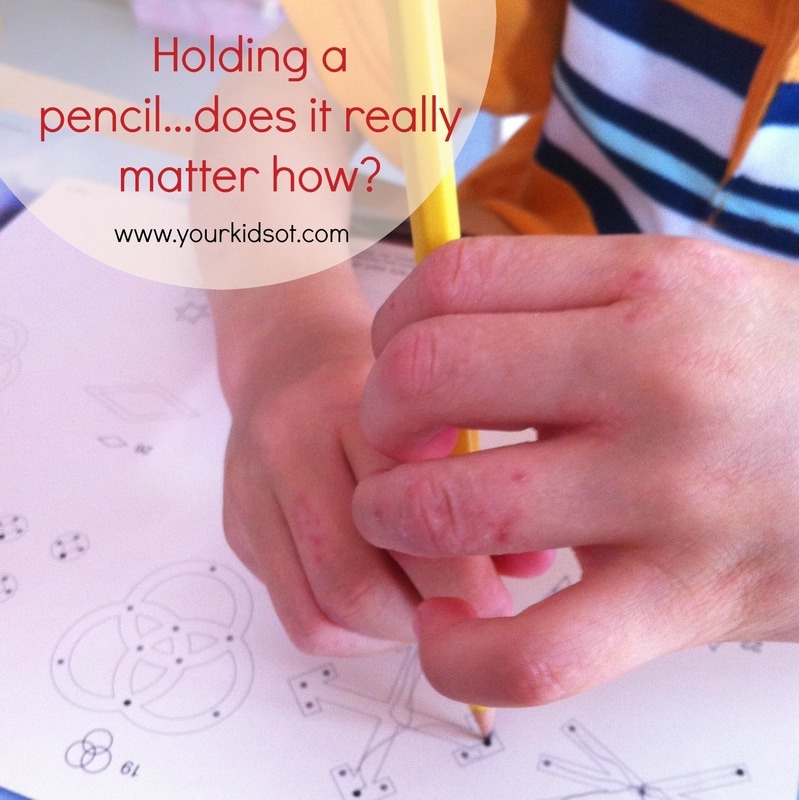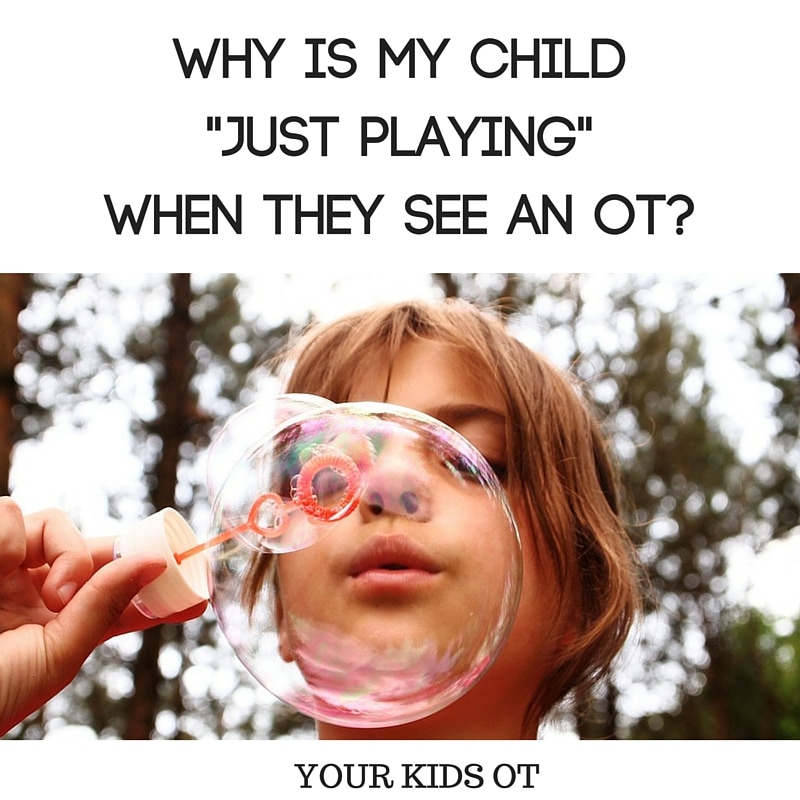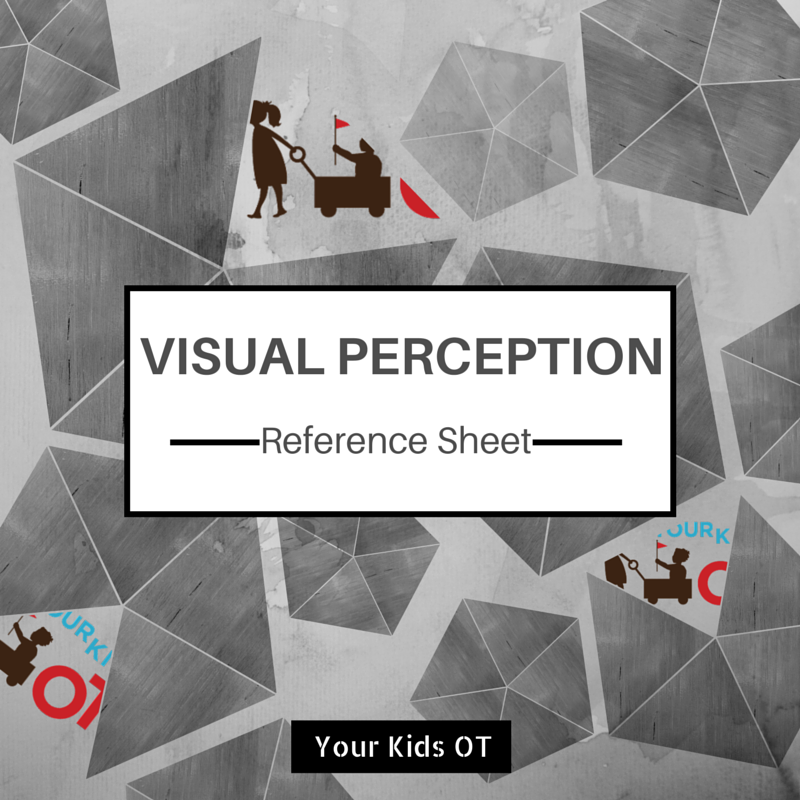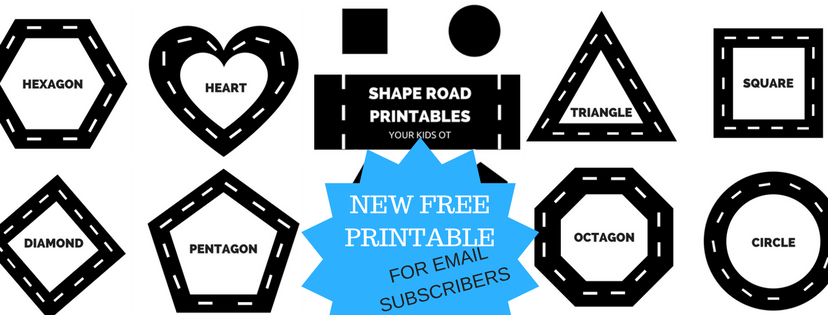Proprioception: Heavy Work
Activities where the body has input to the muscles and joints. This may involve lifting, pushing, pulling objects and a child's own body weight. {Read more here}.
A “sensory diet" aims to help a child level it all out and cope. Different authors describe this in different ways.... "modulating" or "regulating" or "getting their engines ready", etc. If you are concerned that your child may have a sensory processing disorder, contact an Occupational Therapist for an assessment. The assessment typically involves an interview and questionnaire completed by parents and teachers as well as observation of your child.
The following are examples of activities that may be included in a "sensory diet" in a home environment where specialised equipment may not be available. These activities are generally suitable for all children, however, professional advice should be obtained if you are uncertain (particularly with the vestibular system) about which activities or combination of activities to try. Consideration should also be made regarding your child's age and cognitive abilities. The activities have been categorised but also be aware that all the sensory systems are connected so one system may affect another. After trialing the activities with your child, make note of the affect of the activities. Does it calm your child, arouse them, over arouse them? Use this resource to help work out which activities work for your child. ——->Activities for me! There are over 100 activities that I have put together here so if you are overwhelmed don't feel like you need to try them all today. Two great resources now available so you can print out activity suggestions! This are practical resources for parents, teachers and therapists! Read more about the Sensory diet activity reference sheet (similar to the activities listed here) and a more detailed Sensory Diet Activity Guidebook (includes explanations about each sensory system and activity suggestions)! 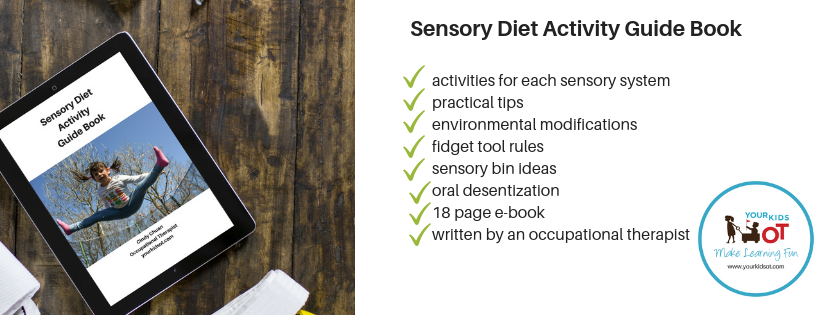
Activities for a sensory diet...
Vestibular: Sense of movement and balance
Movement stimulates the receptors in the inner ear {including spinning, swinging and hanging upside down}. Head position is an important consideration during these activities.
Tactile System: Sense of touch
The tactile system discriminates touch (what and where touch occurs on the body) and processes for danger (fight or flight response). Tactile input can involve deep pressure of the skin, muscles and joints (see Proprioception activity suggestions). It may also involve modification to the environment.
Visual System: Vision
The visual system can be overwhelmed by what is seen. The most helpful way to assist the visual system is to modify the environment {eg. reduce clutter, present one item at a time, remove unnecessary information from a whiteboard, position the child at the front of the classroom, watch a snow globe, etc).
Auditory system: Hearing and listening
The auditory system is required to process what and how something is heard.
Olfactory: Smell
The sense of smell can also affect emotions, behaviour, memory and thinking as the nose receptors are connected to both the limbic system as well as the cortex. Finding the smells that calm, arouse and over arouse will help to plan how to avoid or incorporate these smells into your child's routine. Essential oils can be added to homemade playdough or cloud dough. Dried flowers can be made into sachets for clothes. Washing powder can be chosen or avoided.
Taste
The taste sense in also strongly linked with the sense of smell and oral sensitivities (see also Proprioceptive Oral activities). Taste is also linked with experience as many flavours may be accepted after repeated trials. Involve children in meal preparation, gathering ingredients and presenting the food. 29/7/2014 03:34:32 pm
Great list! Will be sharing on my facebook page. My sensory seekers also like - knee bobbing songs like, This is How the Lady Rides. Thanks! 30/7/2014 01:28:11 am
Great Kimberley! I'm sure there are a list of songs we could include in knee bobbing, bouncing, finger play. Maybe a future post! Thanks for sharing and commenting.
Julie
21/8/2014 03:51:23 am
Thank you for the extensive (all in one place) list. This will be such a great reference and will help so much!!!! Great work! 21/8/2014 06:24:54 am
Thanks Julie. I have compiled the list into a handy reference sheet as well. http://www.yourkidsot.com/blog/sensory-diet-activity-reference-sheet
Frances Cherry
6/9/2014 12:24:40 am
wow thanks for compiling this
Amber
29/9/2014 03:35:16 pm
Thank you for compiling such a great list! This is exactly what I needed!
Stephanie Rau
30/4/2015 05:47:45 pm
Wonderful list-could you make it printable? 1/5/2015 11:46:30 am
Thanks Stephanie. It is printable as a paid reference sheet. https://www.yourkidsot.com/store/p73/Sensory_Diet_Activity_Reference_Sheet.html
Angela stewardson
4/8/2015 10:29:43 am
We do a lot of the activities in school but there are few extra on the list that we can add Comments are closed.
|
AuthorHi, I'm Cindy and I am an Occupational Therapist. I enjoy working creatively with children to see them reach their potential. Read more about me here. SEARCH THIS SITE
Archives
June 2024
Categories
All
Popular Posts |
Join the YKOT e-newsletter!
Subscribe to get our latest content by email and receive
the SHAPE ROADS PRINTABLE NOW!

Success! Now check your email to confirm your subscription and receive your free printable!
Join our Mailing List!
Subscribe to get our latest content by email and receive
the SHAPE ROADS PRINTABLE NOW as a thankyou!

Success! Now check your email to confirm your subscription and receive your free printable!
Disclaimer: The information on this site is general in nature and should be used for educational and entertainment purposes. The activities are safe for most children, however, you should consult an Occupational Therapist or health professional to address specific movement, sensory or other medical conditions. This blog does not replace formal therapeutic professional advice given by a health professional or medical practitioner. Reviews and endorsements of products will only be made based on my expertise and personal opinion; and deemed worthy of such endorsement. The opinions shared in sponsored content will always be my own and not that of the advertising company or brand. Content, advertising space or posts will be clearly identified if paid, affiliated or sponsored. Affiliate links may be found throughout this website in advertising. This means that if you follow through with a purchase from these links, Your Kids OT will receive a percentage of the sale. Your Kids OT undertakes to meet the requirements of the "Social Media Policy" as published by Australian Health Practitioner Regulation Agency (AHPRA). Further information about this policy can be found here.
Find meFollow me |
About me
AuthorHi, I'm Cindy and I am an Occupational Therapist. I enjoy working creatively with children to see them reach their potential. Read more about me here. |
Copyright © 2017 Your Kid OT

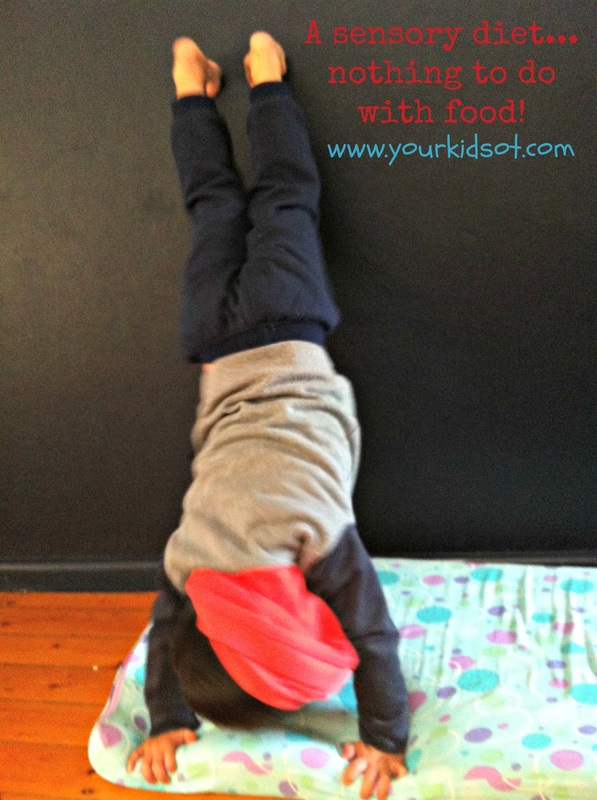

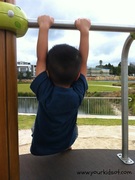
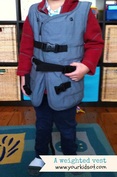
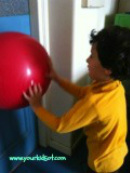
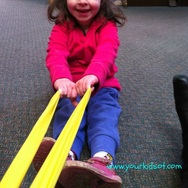
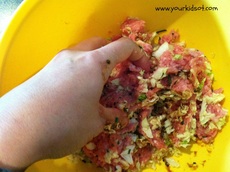
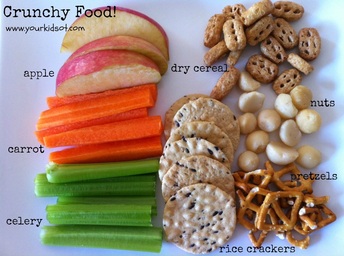

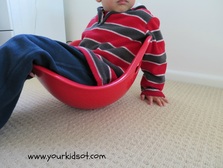
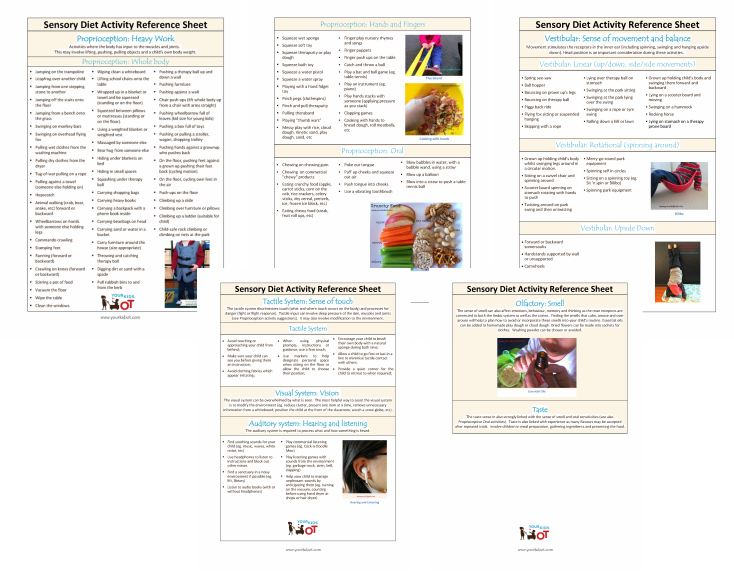
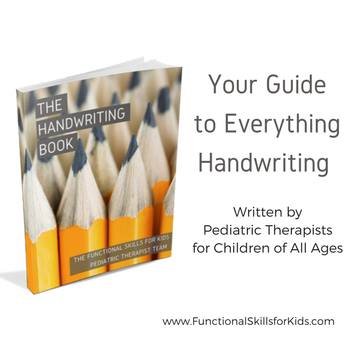
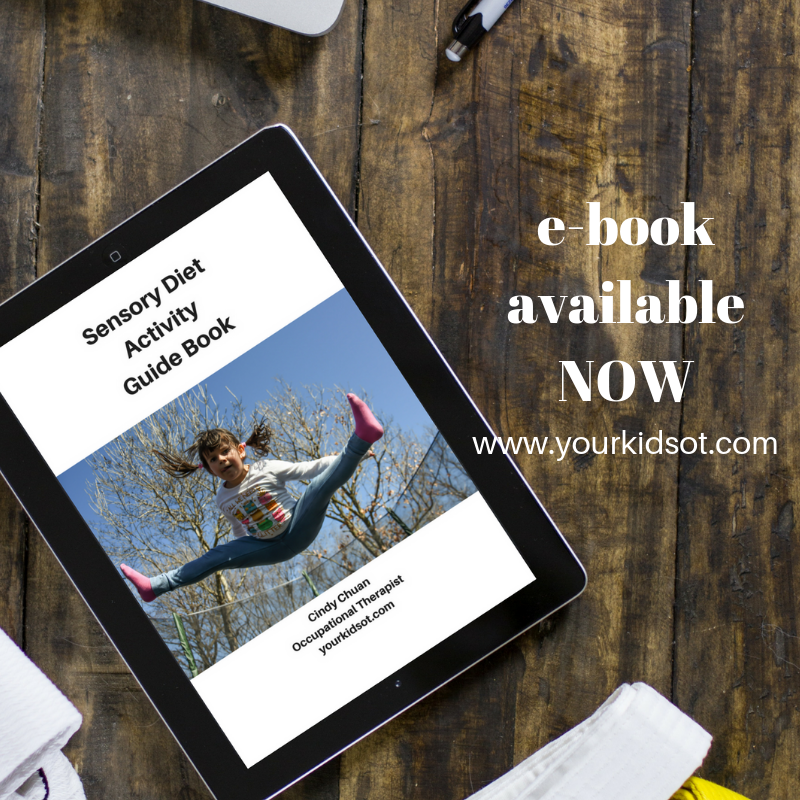
 RSS Feed
RSS Feed
